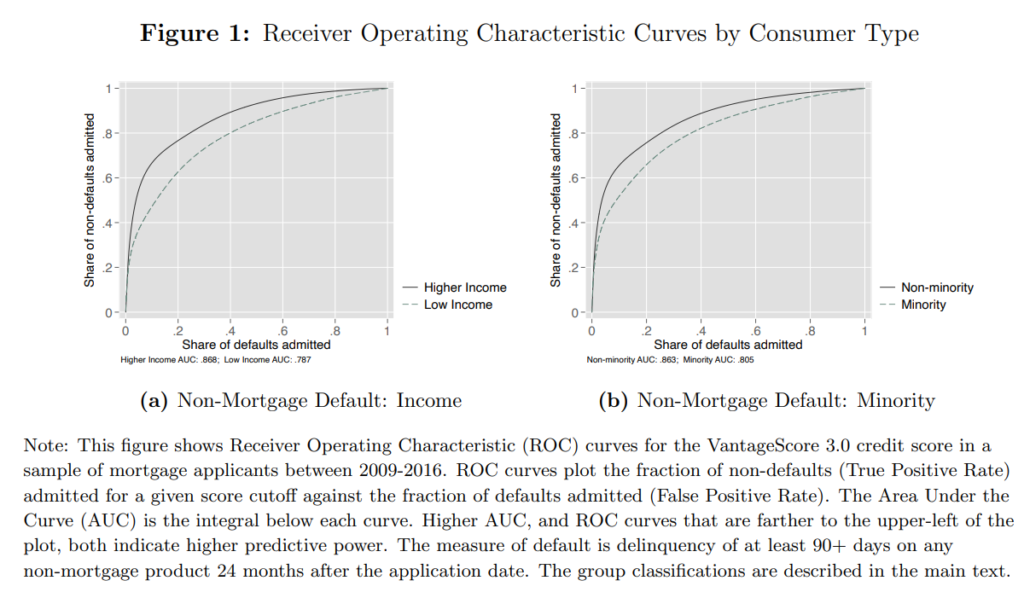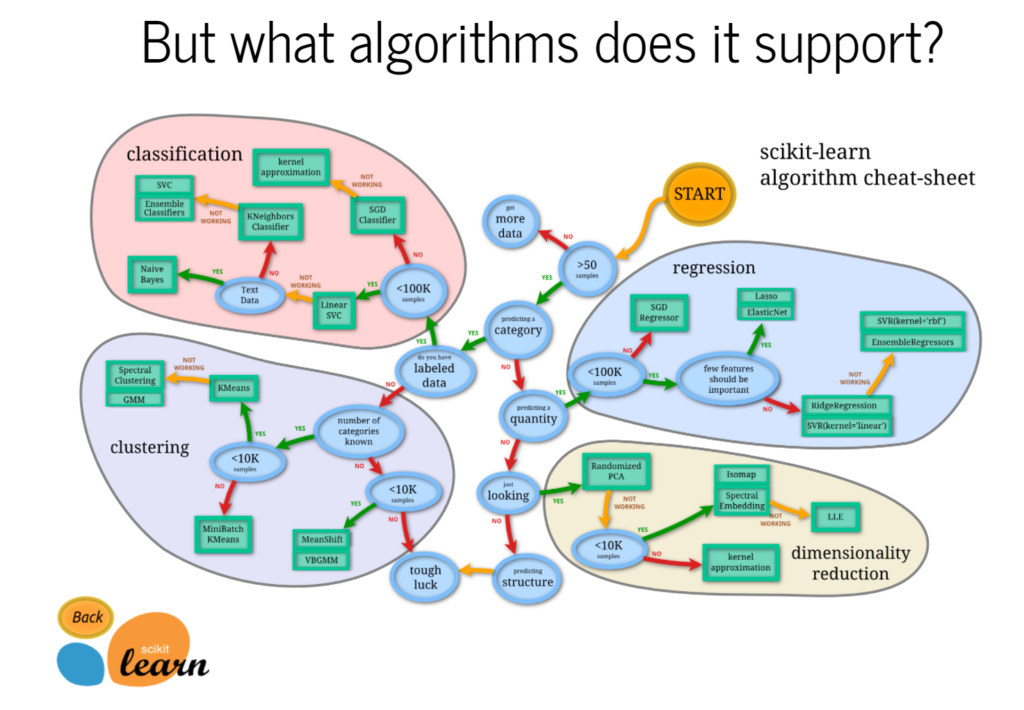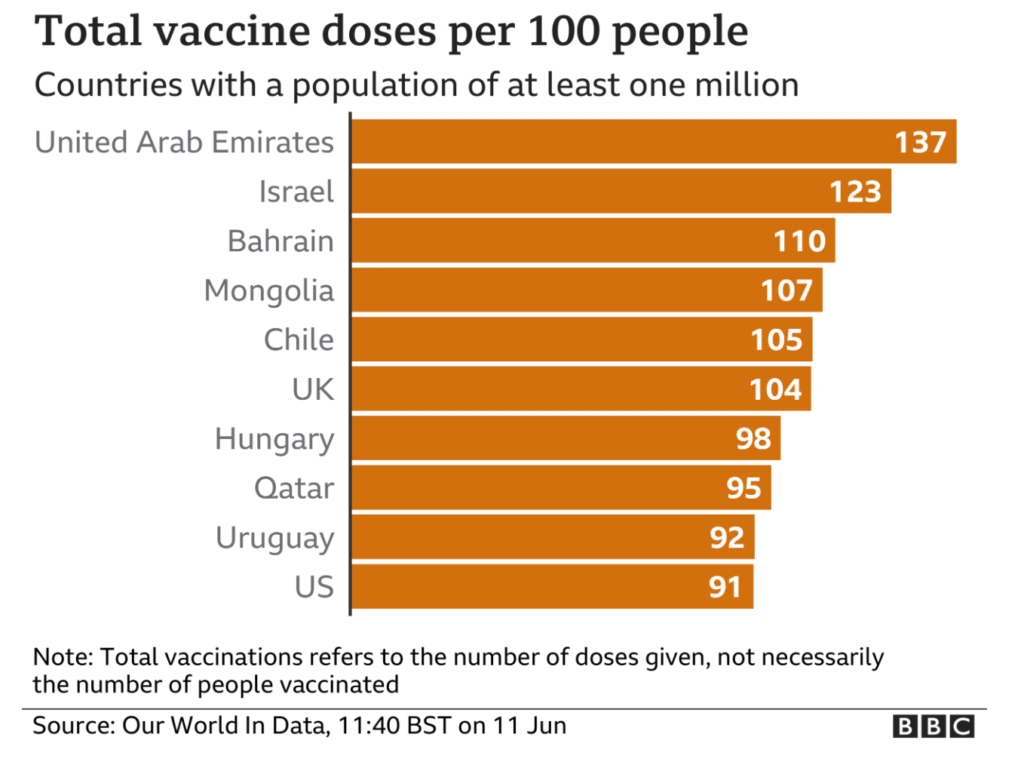Excerpt:
ProPublica substitutes a magazine’s estimate of wealth appreciation, which never appears on the stolen tax returns, to falsify income. Using this deception the site calculates its “true tax rate.” ProPublica laments that taxpayers are acting “perfectly legally” in not paying a federal wealth tax, which doesn’t exist.
That wealth is taxed only when converted into income or on death may be an outrage to those in government who want to spend that wealth, but it is a purposeful, enlightened policy that lets wealth work as the nation’s seed corn, making America the richest nation in the history of the world. That wealth in turn makes it possible for the government today to provide $45,000 a year in transfer payments to the average household in the bottom 20% of American earners.
….
Taxing wealth accumulation will mean less wealth accumulation, lower productivity growth, lower wages and a less prosperous America. If you had to pay a federal property tax on the appreciation of your home and the growth in the value of your retirement assets, farm and business every year, how could you or America ever get ahead? Private investment has created $32 trillion of equity wealth in America. “Public investment” has created $21 trillion of public debt.
Author(s): Phil Gramm, Mike Solon
Publication Date: 16 June 2021
Publication Site: Wall Street Journal



